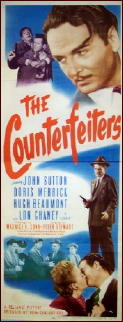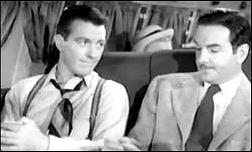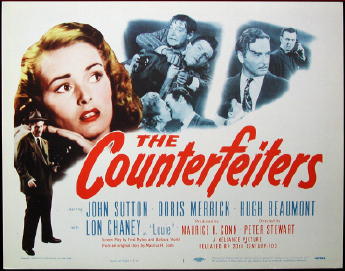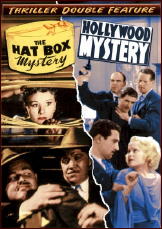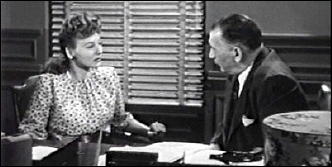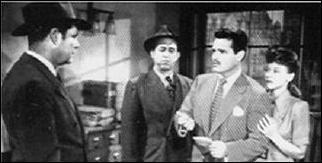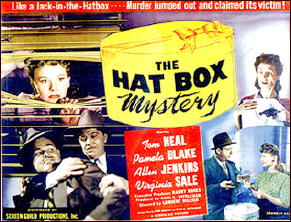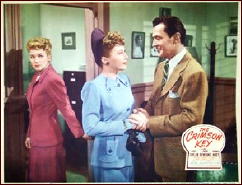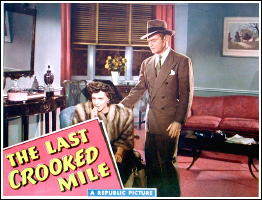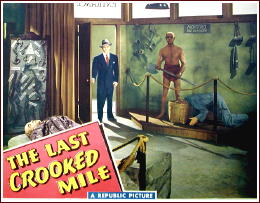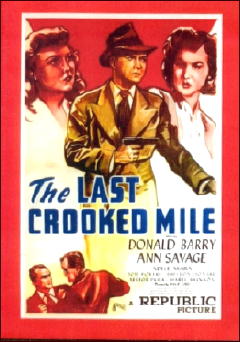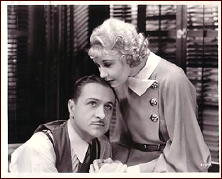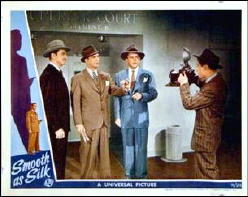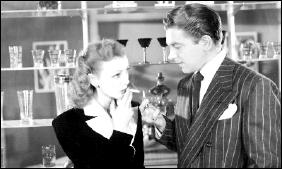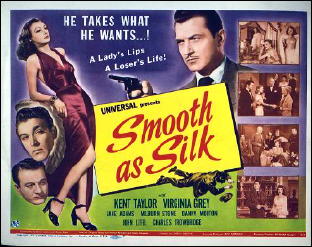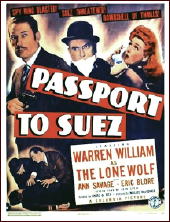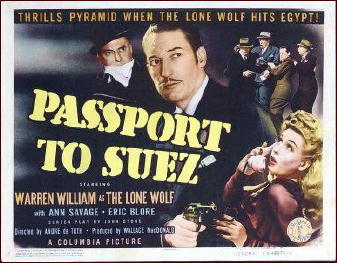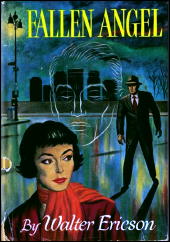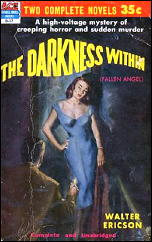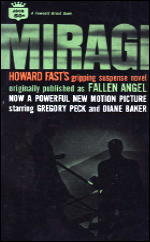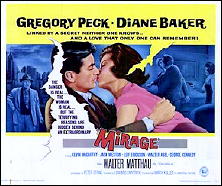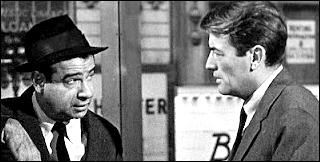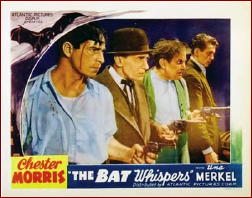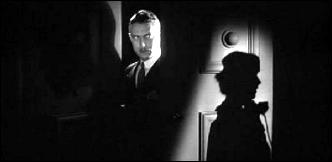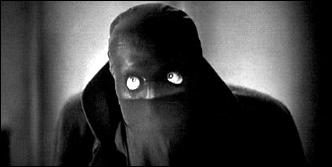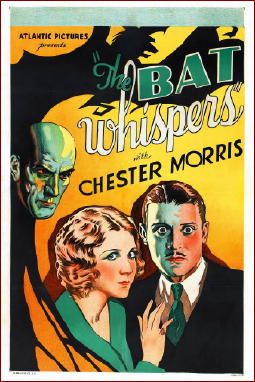Wed 18 Jul 2012
A Movie Review by Walter Albert: WITHOUT A TRACE (1983).
Posted by Steve under Mystery movies , Reviews , True crime[8] Comments
by Walter Albert

WITHOUT A TRACE. 20th Century Fox, 1983. Kate Nelligan, Judd Hirsch, David Dukes, Stockard Channing, Jacqueline Brookes, Keith McDermott. Screenwriter: Bess Gutcheon, based on her novel Still Missing. Director: Stanley R. Jaffe.
One of the things that has always struck me in the classic “Damsels in Distress” (DID) films is the almost total absence of women other than the star. DIDs attract either psychos or sympas but never, or almost never, another woman.
However, the revolution in social roles has not gone unnoticed by filmmakers, and a recent example of the DID film reflects some of the changes. Without a Trace, a film version of Bess Gutcheon’s Still Missing, based on the real-life story of the still unsolved disappearance of a six-year-old boy on his way to school, was promoted by our local critics as an entertaining, well-made film.
In the face of overwhelming apathy, the film was held over for two or three desultory weeks and then shunted off to the Regency Square, where I saw it on a Friday night with a substantia1 family audience.
Without a Trace stars British actress Kate Nelligan (who earned her credentials as a DID specialist in Eye of the Needle) and Judd Hirsch. playing the police lieutenant who’s put in charge of the investigation when Nelligan reports her son missing.

As we were asked to believe that stewardess Day could be prompted into landing a plane [in Julia, reviewed here], so are we asked to believe that Nelligan is a university English professor who teaches a course in modern poetry in which she lectures to a sizable audience of over-age actors, in the kind of amphitheater that in my part of the university world is only used for science courses. (Does anyone in Hollywood have any idea what has happened to registration in literature courses in the past decade?)
My wife pointed out to me that the quote attributed, during a lecture on Robert Frost, to Pope was actually from Emerson, but I found the slip (for which we should really hold the screenwriter responsible) engaging and a reminder that no film based on “real life” is real and that a British actress posing as a professor of American literature in an American university is, after all, only playing.
(The British usually are much better at playing Germans than they are at playing Americans. The current PBS series, Private Schulz, presents a Germany completely inhabited by British accents. I’m looking forward to the episode in which Private Schulz, “disguised” as an Englishman, is set down in wartime England where he must play a German impersonating an Englishman. The dilemmas posed for the hapless English actor are mind-boggling.)
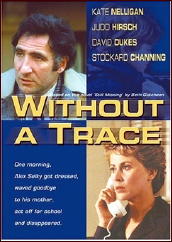
In Without a Trace, Nelligan has a mother, a best friend, and some sympathetic women neighbors, but true to the demands of the DID film, she is abandoned by all of them, and at the moment of crisis she is alone, without even the male policeman apparently willing to listen to her.
And it is at this moment, when everything seems hopeless and she’s almost ready to give up, that a deus ex machina is introduced to turn the situation around. And, since these are the eighties, the deus is a dea.
In the Doris Day film, Doris hung in until the very end, and although the men are, at times, almost literally propping her up to get her out of the Perilous Predicament, the Star is always center stage.
In this example of female New Cinema, the star is allowed to go off-stage during the climactic chase. This permits the Inferior Male (Hirsch) to redeem himself but also involves one of the most unlikely coincidences (“Daddy, let’s go to the park”) and extreme double-takes that I’ve suffered through since the days of the Monogram serials.
Nelligan is attractive and probably intelligent, and Hirsch is fine, but this DID variation finally succumbs to the same weakness that plagued the romantic DID vehicles: implausibility. And the virtues of Without a Trace — the good cast, fine photography, and tragic but not unusual situation — only serve, finally, to expose rather conceal the threadbare plotting.
Vol. 7, No. 2, March-April 1983.
Previously on this blog: DAMSELS IN DISTRESS, PART ONE (Julia, 1956).
Editorial Comment: The author’s book and the movie are based on the true-life disappearance of Etan Patz, who went missing in New York City’s Lower Manhattan on 25th May 1979. On May 24, 2012, Police Commissioner Kelly announced that a man was in custody who had implicated himself in the Patz disappearance. According to a New York Times report from 25 May 2012, the police had at that time no physical evidence to corroborate the man’s confession.
